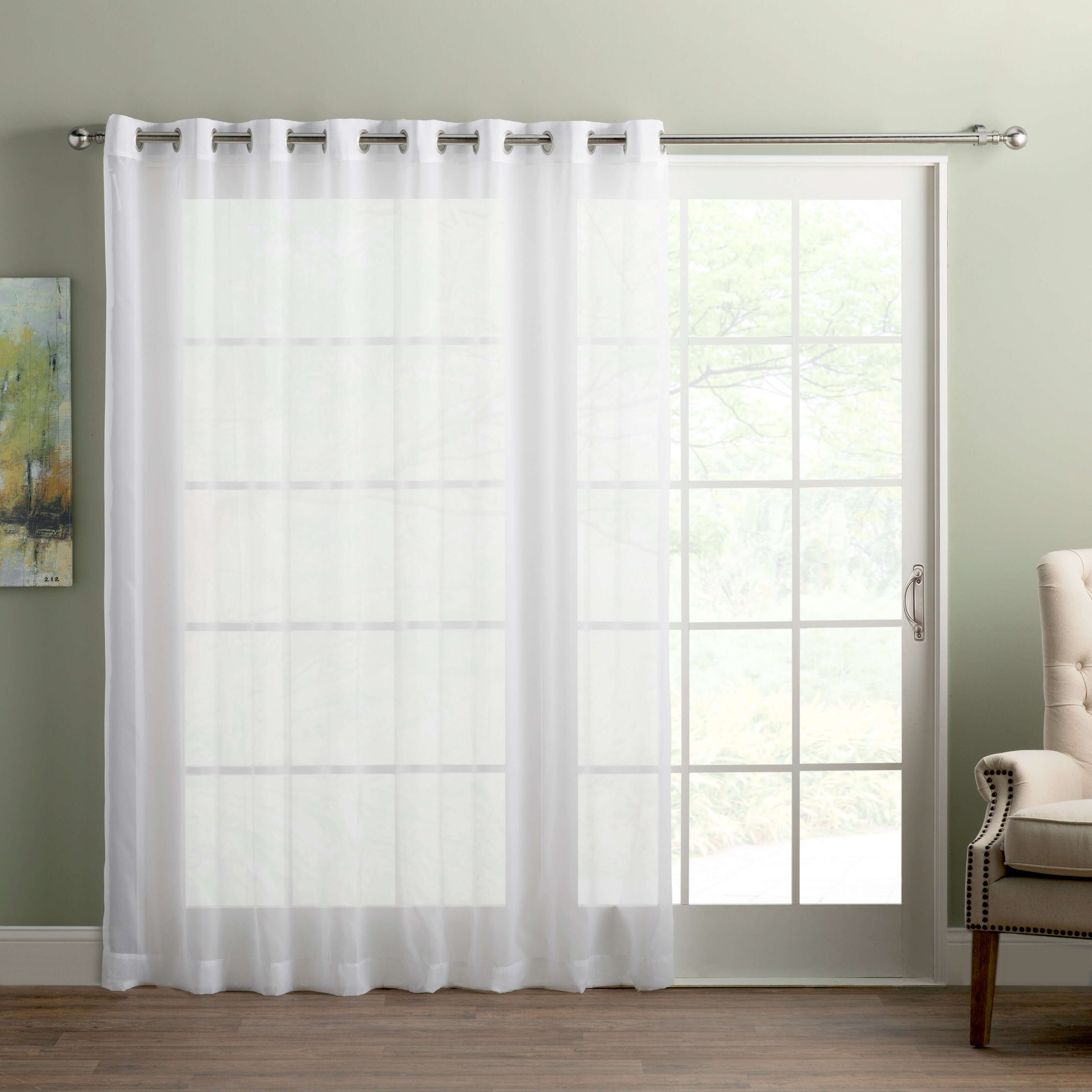I am trying to model a Diffuser for Daylight Illumination using OpenStudio and Radiance.
An existing Office in the Institute where I study has a hole in the roof. I am modeling this space with OpenStudio to evaluate the natural illumination and the proposal of a Diffuser to favor natural lighting in a specific zone.
I want to model two different diffusers (Ring diffuser and curved diffuser).
A post on the forum indicates that SketchUp does not accept curved diffusers https://unmethours.com/question/8328/.... But when I want to insert a form or an object, Sketch Up does recognize it if it is group or block.
So my questions are: 1. Is correct to model the circular hole with a circular windows? 2. Is correct to model the two types of Diffuser using “shading surface”? Or it should be modeled as an “Interior Partition Surface Group” component, considering that I need to control the absorptance, reflectance and transmittance?







